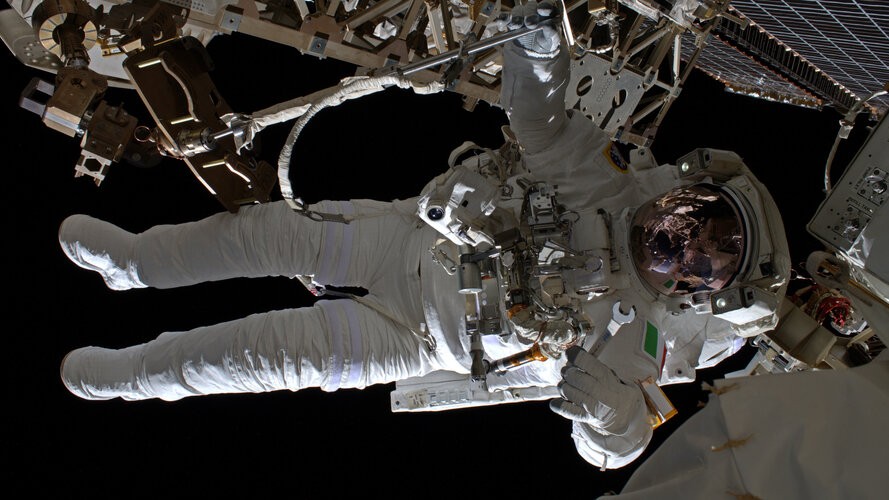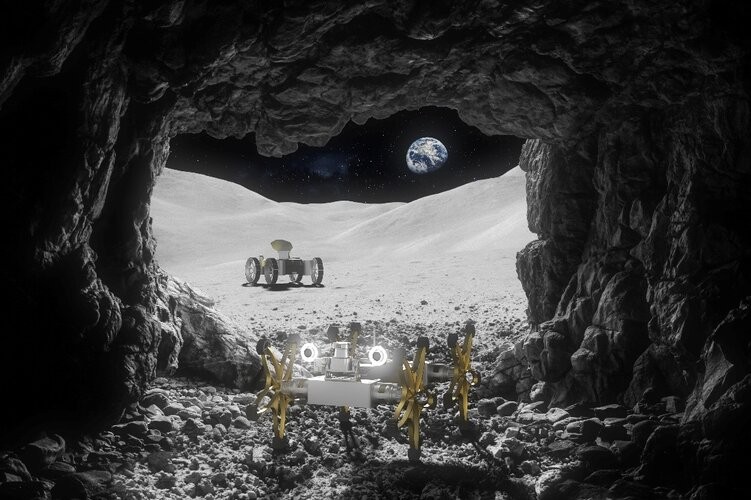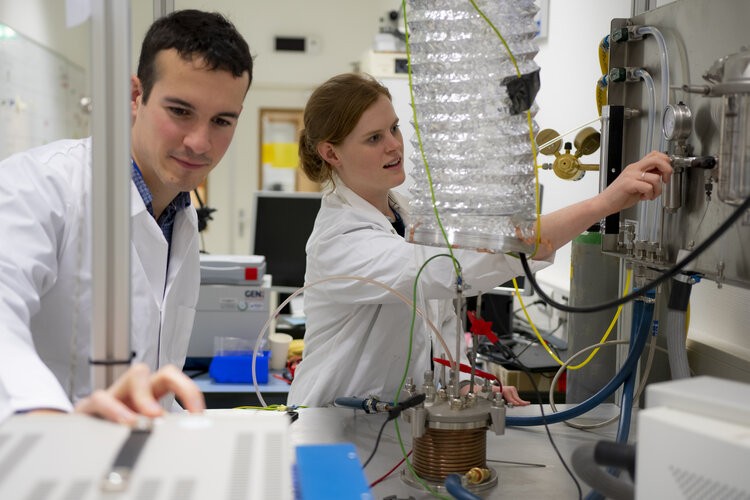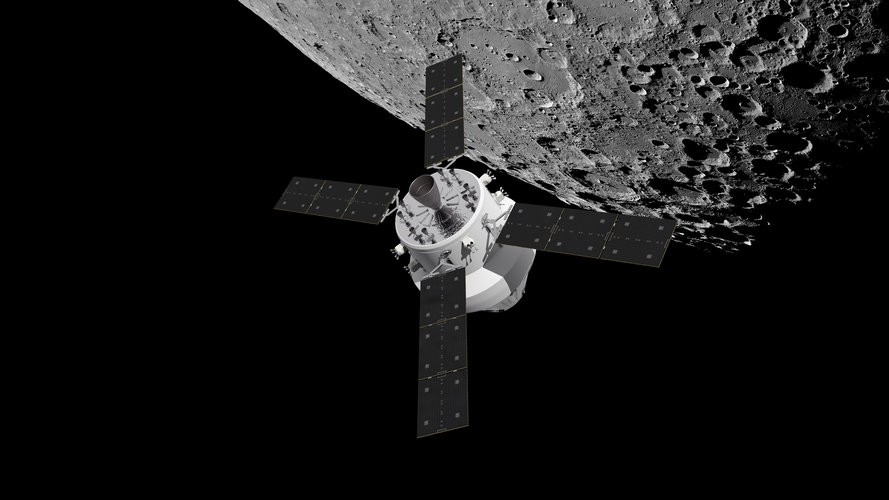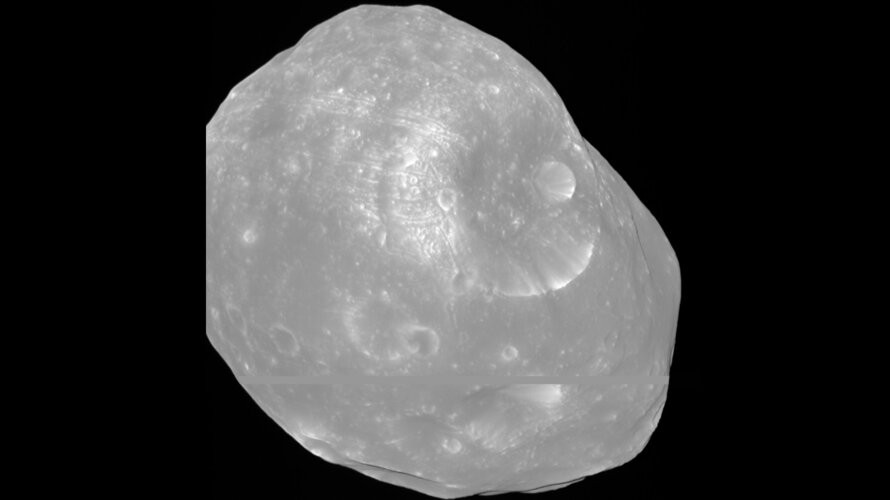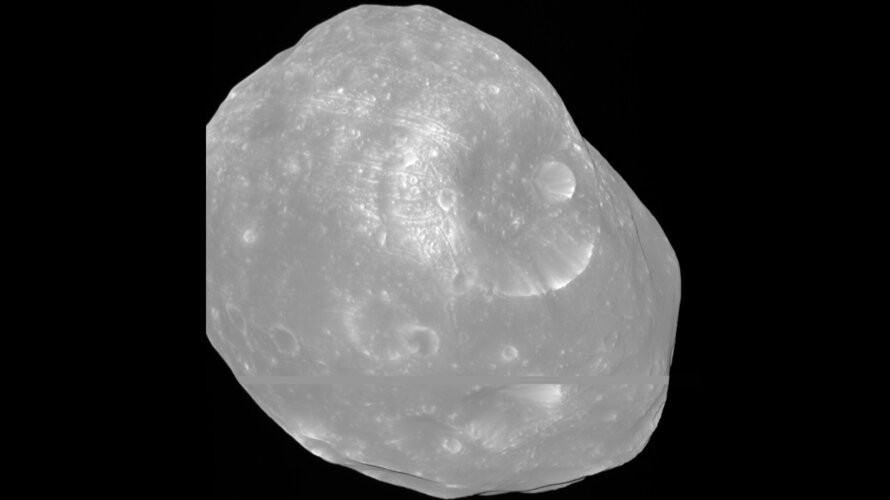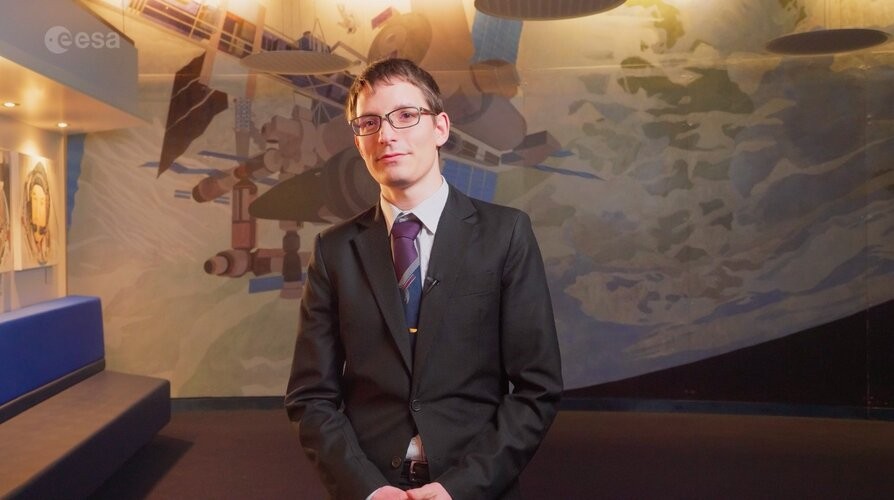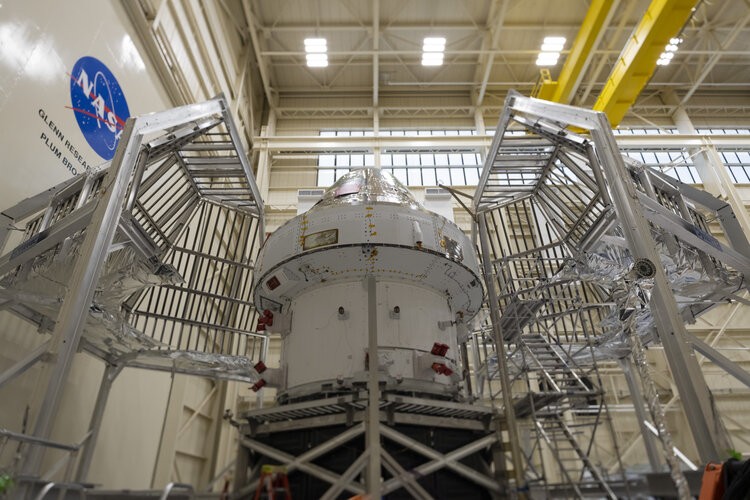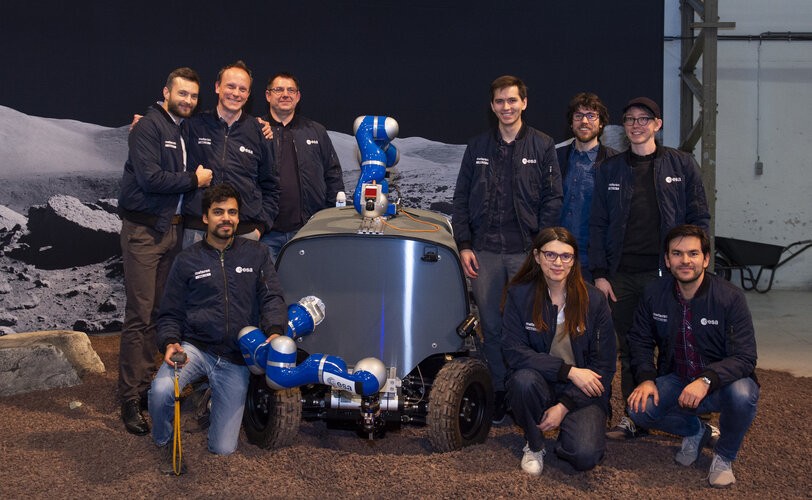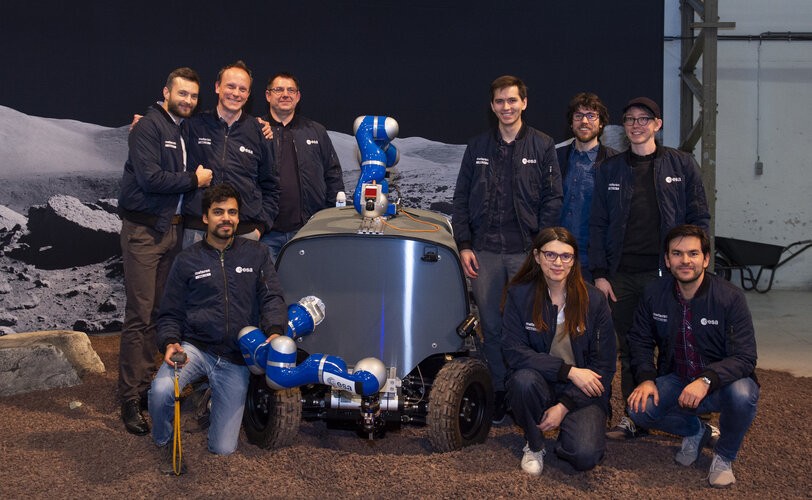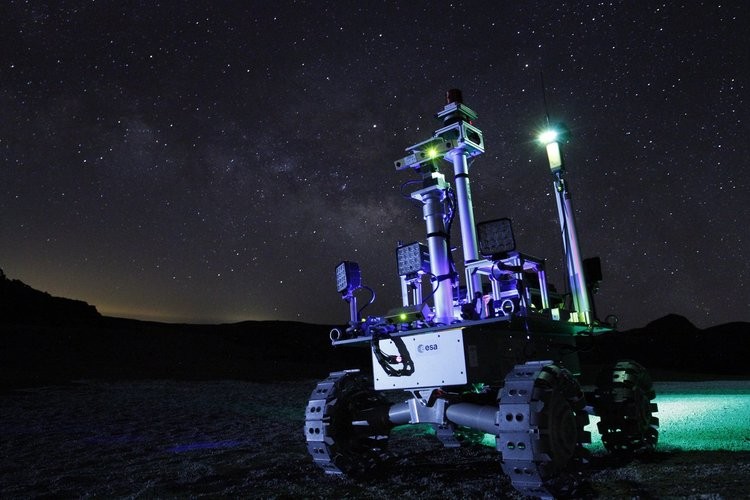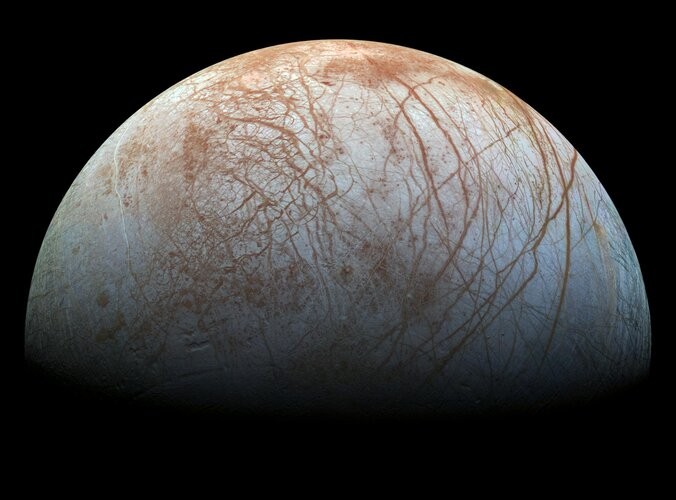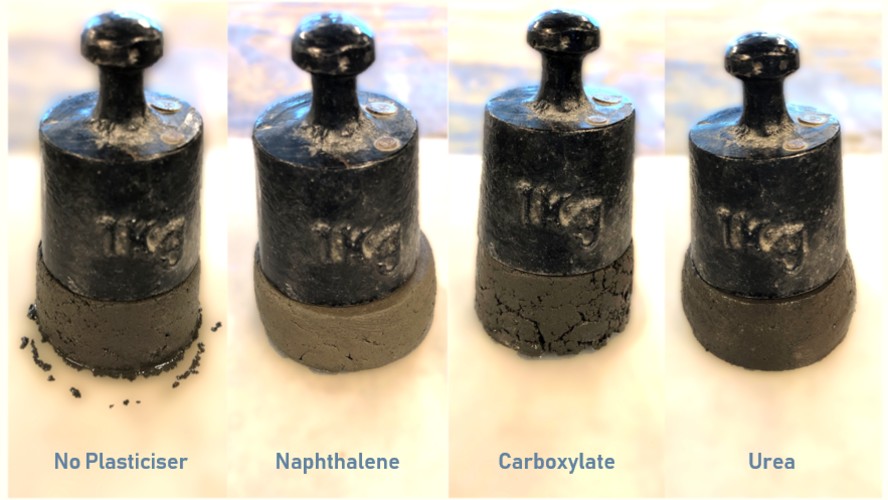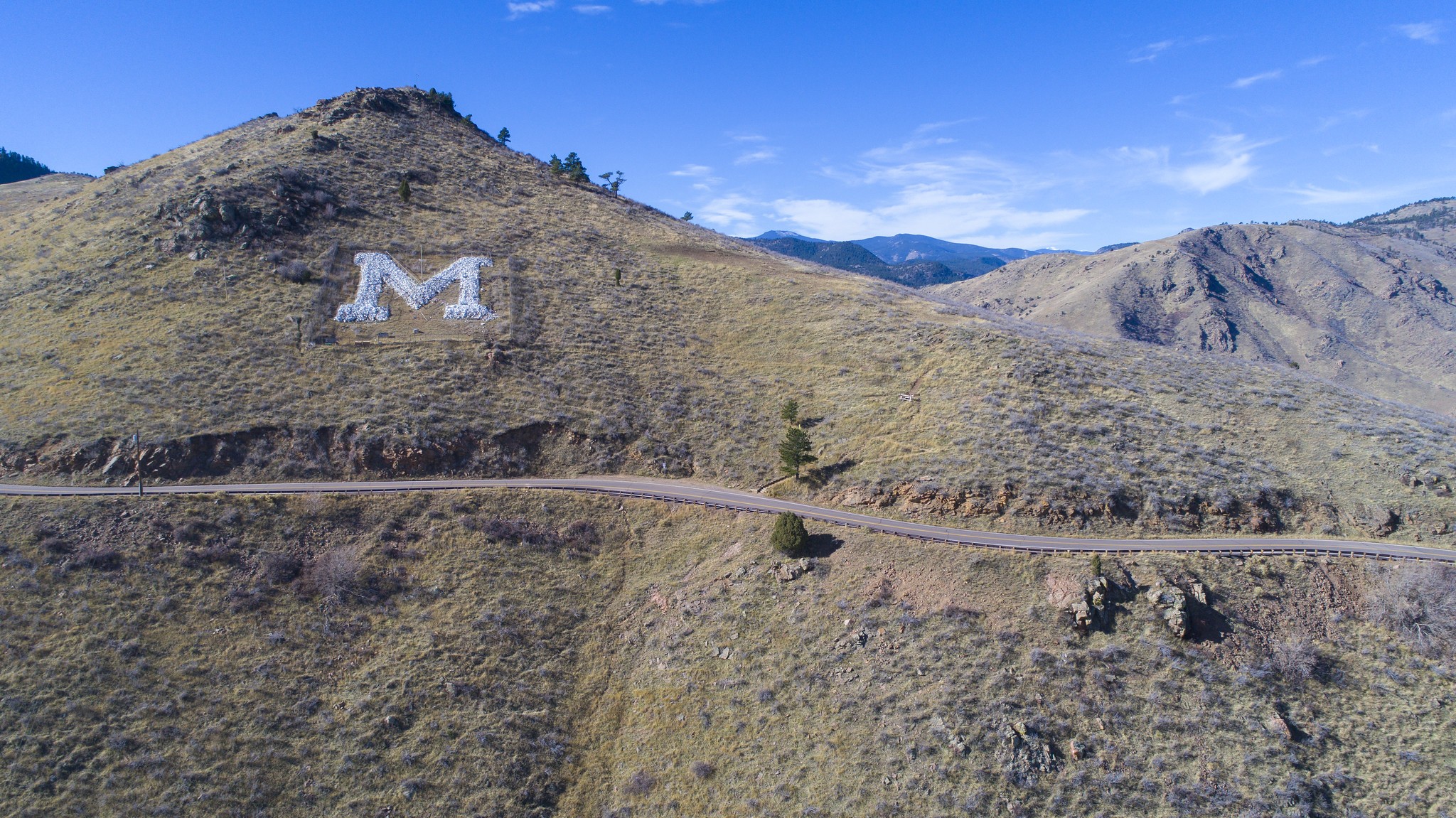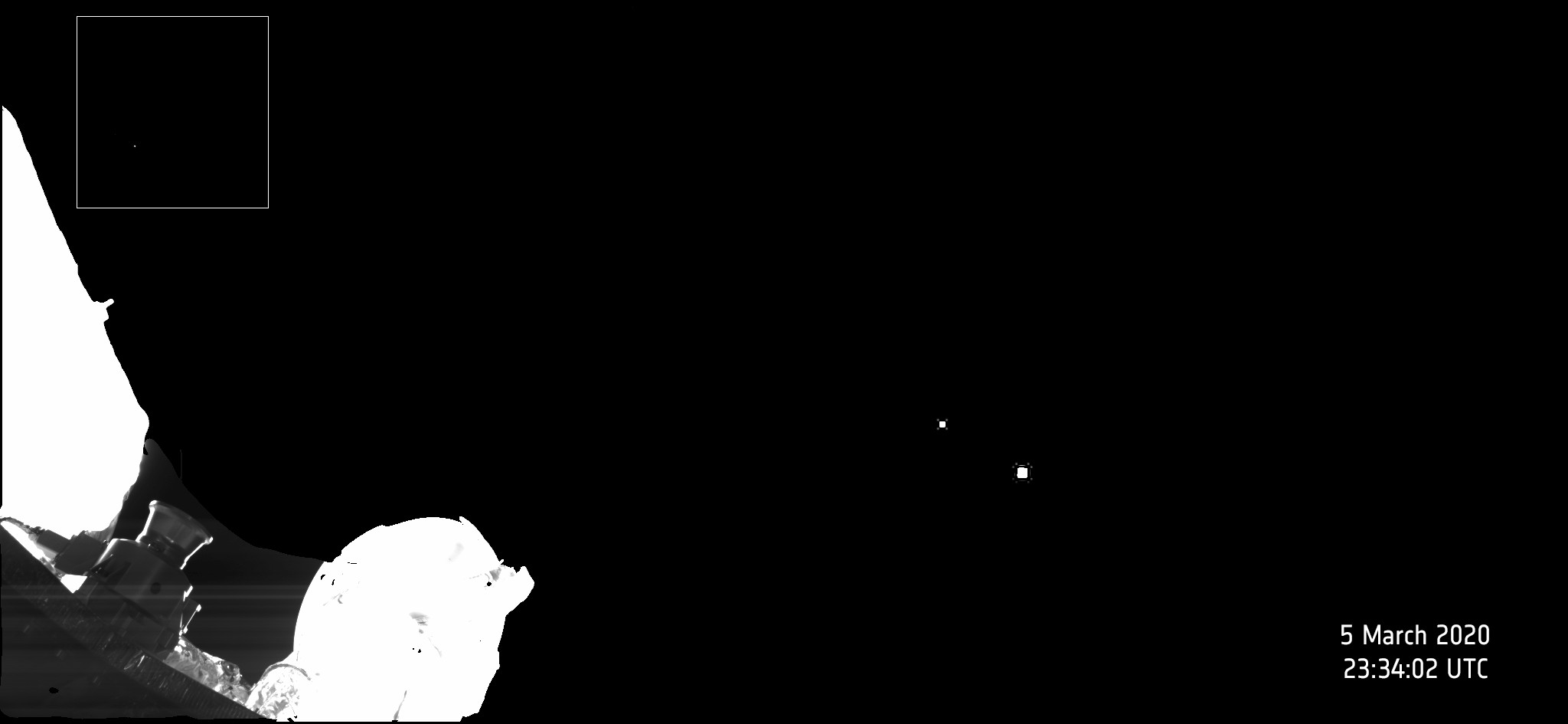Most significant
-
5 years ago
Intense ‘Beyond’ mission for Luca
ESAVideo: 00:04:30 Italian ESA astronaut Luca Parmitano will return to Earth 6 February 2020, following his second long-duration mission on the International Space Station (ISS). Luca’s mission – known as ‘Beyond’ – began 20 July 2019, exactly 50 years after the first lunar landing. On this date, Luca was launched to the Space Station in a Russian Soyuz spacecraft alongside Roscosmos cosmonaut Alexander Skvortsov and NASA astronaut Andrew Morgan. During Beyond, Luca supported over 50 European experiments in orbit. These included remotely operating a rover in the Netherlands to collect rock samples as instructed by scientists in Germany, and completing four complex spacewalks to repair the cosmic-ray-detecting Alpha Magnetic Spectrometer AMS-02. He also supported numerous international experiments and became the third European and first ever Italian commander of the International Space Station. Science and research completed during Luca’s mission will help pave the way for farther exploration as ESA looks beyond the International Space Station to the Moon and Mars.
Read More -
5 years ago
Two Moon rovers are better than one
ESAImage: ESA has signed a deal with space engineering company COMEX in France to develop an innovative double-rover architecture for lunar surface exploration, based on a tractor and trailer concept. Read more here
Read More -
5 years ago
ESA opens oxygen plant – making air out of moondust
ESAESA’s technical heart has begun to produce oxygen out of simulated moondust.
Read More -
5 years ago
Europe powers up for third and fourth Orion spacecraft
ESAEurope will power the NASA spacecraft that take astronauts to a new international outpost and forward to the Moon, following decisions made by ESA Member States at Space19+ in Seville, Spain.
Read More -
5 years ago
Mars Express tracks the phases of Phobos
ESAESA’s Mars Express has captured detailed views of the small, scarred and irregularly shaped moon Phobos from different angles during a unique flyby.
Read More -
5 years ago
Mars Express views Phobos phases
ESAVideo: 00:00:28 ESA’s Mars Express recently tracked Phobos as the moon passed in front of the spacecraft's camera, capturing detailed views of the small, irregularly shaped body at different angles and stages of the flyby. This sequence comprises 41 images taken by the High Resolution Stereo Camera’s Super Resolution Channel on 17 November 2019 during orbit 20 076, when Phobos passed Mars Express at a distance of roughly 2400 km. The images have a resolution of 21 m/pixel. This opportunity allowed the spacecraft to capture many features across the moon’s surface; alongside a number of impact craters (including the large and prominent Stickney crater), one can see a number of linear marks and furrows. The movie shows Phobos at a number of angles – the moon can be seen rotating, and slowly lightens up before it begins to darken again. The slight up-and-down motion of the moon is caused by the oscillation of Mars Express. It nicely illustrates the concept of ‘phase angle’: the angle between a light source (in this case, the Sun) and the observer (Mars Express’ HRSC), as viewed from the target object itself (Phobos). The initial phase angle is 17 degrees, drops to almost 0 degrees mid-way through (0.92, when Phobos is at its brightest), and then rises to 15 degrees by the end of the animation. This arrangement – of the Sun, Mars Express and Phobos where the latter is observed at a phase angle of near zero degrees – is very rare, and happens only three times a year at most. Other chances to achieve a phase angle of under one will not occur until April and then September of 2020. As such, Mars Express takes every opportunity to view this small and intriguing moon from this angle, to shed light on its properties, behaviour, possible origin, orbital characteristics and location in space – and to probe its potential as a mission destination.
Read More -
5 years ago
Matyas's YGT experience in the Lunar Resource Lander Team
ESAVideo: 00:02:41 Matyas Hazadi shares his YGT experience as a system engineer in the Lunar Resource Lander Team working in ESTEC, the Netherlands.
Read More -
6 years ago
Thermal enclosure for Orion
ESAImage: The Orion spacecraft with European Service Module at NASA’s Plum Brook Station. The first Orion will fly farther from Earth on the Artemis I mission than any human-rated vehicle has ever flown before – but first it will undergo testing to ensure the spacecraft withstands the extremes of spaceflight. Here at NASA’s Plum Brook Station in Ohio, USA, Orion is being put into a thermal cage in preparation of getting its first feel of space in the world’s largest thermal vacuum chamber. Orion will be subjected to temperatures at Plum Brook ranging from –115°C to 75°C in vacuum for over two months non-stop – the same temperatures it will experience in direct sunlight or in the shadow of Earth or the Moon while flying in space. In the picture, Orion is being placed in a cage, called the Thermal Enclosure Structure (TES), that will radiate infrared heat during the tests inside the vacuum chamber. The tests that will be run over the next few months will show that the spacecraft works as planned and adheres to the strictest safety regulations for human spaceflight. The European Service Module has 33 thrusters, 11 km of electrical wiring, four propellant and two pressurisation tanks that all work together to supply propulsion and everything needed to keep astronauts alive far from Earth – there is no room for error.
Read More -
6 years ago
Happy rovers
ESAImage: The team behind ESA’s Interact Centaur rover are all smiles after ESA astronaut Luca Parmitano successfully manoeuvres the rover in the Netherlands from space. Last week’s dry-run of the Analog-1 experiment, in which Luca completed a “proficiency run” to test the system, set the stage for another flawless performance on 25 November. Taking command of the rover (centre) located in a hangar in the Netherlands on Monday, Luca expertly drove it to three sites and used its robotic arm to collect rock samples, all while circling our planet at 28 800 km/h on the International Space Station. Which samples to collect and save for further analysis was decided by a science team based at ESA’s Astronaut Centre in Cologne, Germany in conversation with Luca. The Human Robot Interaction Lab provided the rover and test infrastructure and is located at ESA’s technical heart in the Netherlands. The team finds novel ways for humans and robots to work together, furthering ESA’s exploration strategy that foresees astronauts controlling robots from orbit around the Moon or Mars or from inside a planetary base. The Analog-1 rover, for example, is equipped with force feedback so astronauts can feel what the robot feels and adjust their grip accordingly using a joystick that allows for six degrees of motion. The robot also sports “spot turn” wheels, allowing it to get out of tight places. Both contributed to a successful sampling excursion, despite the 800-millisecond communication delay between Luca in space and the ground teams on Earth. Acing this test proves the technology that ESA has developed to operate rovers from afar. Analog-1 is the latest in a series of human-robot test campaigns that make use of the International Space Station. Called the Multi-purpose End-to-End Robotic Operation Network or Meteron, the project is developing the communication networks, robot interfaces and hardware to operate robots from a distance in space. The Analog-1 experiment demonstrates the value of human-robotic cooperation in space and the technology that will be used as the basis for many of ESA’s exploration projects. Ministers from ESA’s Member States will convene later this month at the Space19+ in Seville, Spain, to decide on the Agency’s future course.
Read More -
6 years ago
Happy rovers
ESAImage: The team behind ESA’s Analog-1 rover are all smiles after ESA astronaut Luca Parmitano successfully manoeuvres the rover in the Netherlands from space. Last week’s dry-run of the Analog-1 experiment, in which Luca completed a “proficiency run” to test the system, set the stage for another flawless performance on 25 November. Taking command of the rover (centre) located in a hangar in the Netherlands on Monday, Luca expertly drove it to three sites and used its robotic arm to collect rock samples, all while circling our planet at 28 800 km/h on the International Space Station. Which samples to collect and save for further analysis was decided by a science team based at ESA’s Astronaut Centre in Cologne, Germany in conversation with Luca. The Human Robot Interaction Lab provided the rover and test infrastructure and is located at ESA’s technical heart in the Netherlands. They also developed the rover control station that Luca used to drive the rover from the space station. The team finds novel ways for humans and robots to work together, furthering ESA’s exploration strategy that foresees astronauts controlling robots from orbit around the Moon or Mars or from inside a planetary base. The Analog-1 rover, for example, is equipped with force feedback so astronauts can feel what the robot feels and adjust their grip accordingly using a joystick that allows for six degrees of motion. The rover also had advanced motion modes such as “spot turning”, which allowed Luca to manoever it out of tight places. Both contributed to a successful sampling excursion, despite the 800-millisecond communication delay between Luca in space and the ground teams on Earth. Acing this test demonstrated the advantage of the technology that ESA has developed to operate rovers from afar in situations such as when an astronaut is in orbit around the Moon while performing science on the surface robotically. Analog-1 is the latest in a series of human-robot test campaigns that make use of the International Space Station. Called the Multi-purpose End-to-End Robotic Operation Network or Meteron, the project is developing the communication networks, robot interfaces and hardware to operate robots from a distance in space. The Analog-1 experiment demonstrates the value of human-robotic cooperation in space and the technology that will be used as the basis for many of ESA’s exploration projects. Ministers from ESA’s Member States will convene later this month at the Space19+ in Seville, Spain, to decide on the Agency’s future course.
Read More

